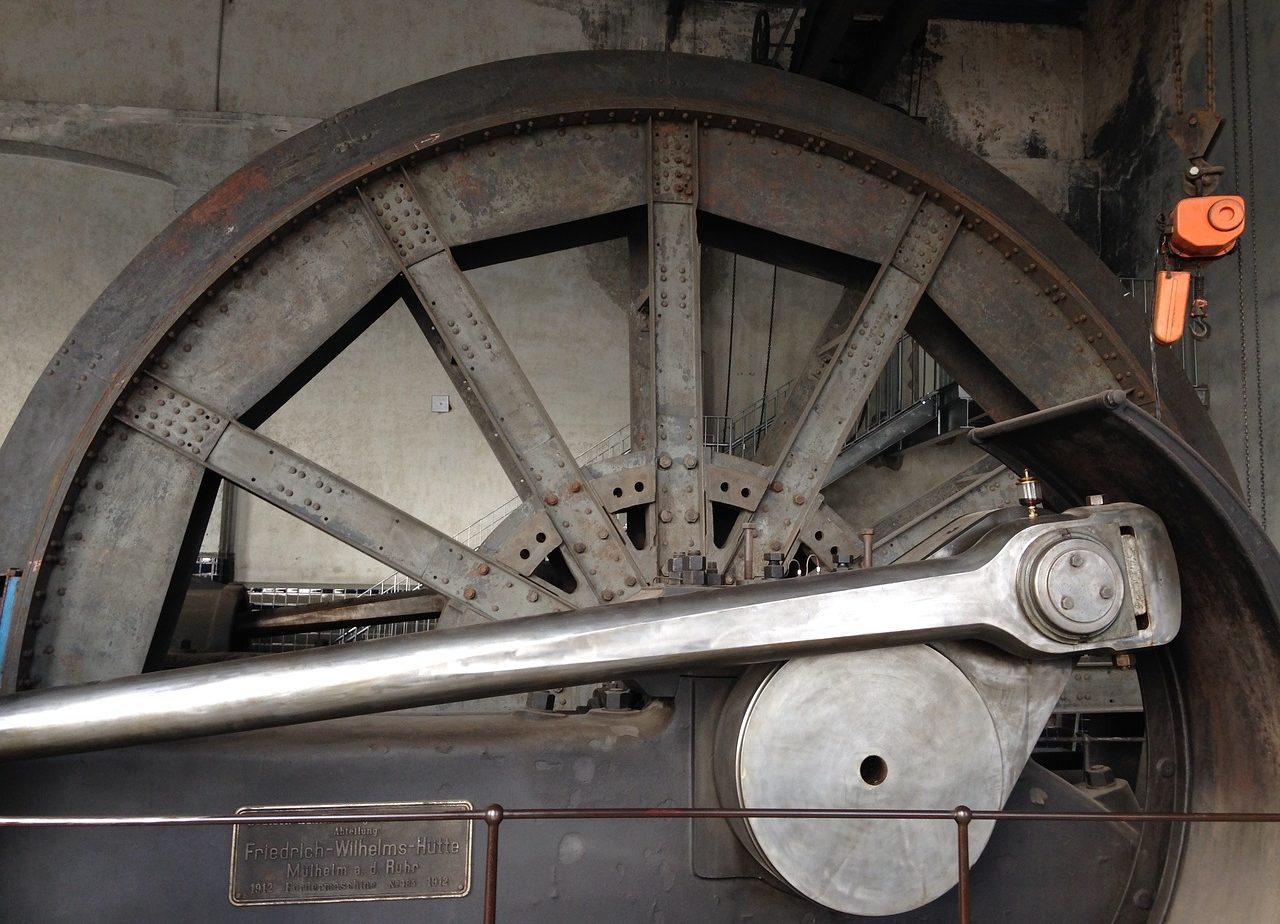
The connecting rod makes it possible to transform a back-and-forth movement into a rotation movement or vice versa.
A connecting rod is an object that allows the transformation of a rotation movement into a reciprocating movement or vice versa. The term derives from the French bielle , which refers to a mechanical organ found in internal combustion engines.
The connecting rod is a piece that, when subjected to a compression or traction effort, is responsible for transmitting movement to other parts of a machine . In internal combustion engines, this object has a specific design to link the piston to the crankshaft .
Operation of a connecting rod
The piston , which constitutes the moving wall of the chamber where combustion takes place, transmits the energy generated by the combustion gases to the connecting rod through an alternative movement. This movement is copied at the foot of the connecting rod, but this piece is responsible for transforming it until it reaches its head, which is attached to the crankshaft .
The energy finally mobilizes the crankshaft, which converts the reciprocating rectilinear motion into uniform motion (and vice versa). This is how engine torque is produced: the moment of force exerted by the engine on the shaft that transmits the power.
Its parts
In addition to the above, we can emphasize that a connecting rod is made up of three clearly differentiated parts: the foot , which is where the piston is attached; the connecting rod body ; and the connecting rod head , the part where the crankshaft is placed. The latter is also identified by being the hole in the piece with the largest diameter and is usually made up of two halves that can be easily differentiated.
Made from aluminum, titanium or steel alloys, connecting rods used in automobiles can be produced through the process known as machining or by forging.

The bicycles have a connecting rod.
Other interesting information about the connecting rod
Other information of interest about the connecting rod are the following:
- It is made by forging it. That means that it is created at a very high temperature to be able to shape it.
- In order for it to function correctly, it is essential that there is equal weight for each group of connecting rods in an engine.
- It is necessary that the connecting rod has the correct precision in terms of its length.
- It is essential that the parallelism between the axes of symmetry is controlled during its manufacture.
Its use on bicycles
Bicycles also have cranks. This is the bar that connects the pedal (the element that the cyclist mobilizes with his legs so that it rotates on an axis) with the chainring (the device with teeth that engages the links of the chain to transmit power to the rear wheel). .
Thanks to the connecting rod or connecting rod assembly, the reciprocal movement that the cyclist makes with his legs becomes a rotation movement that allows the chain to move and, therefore, also the rear wheel of the vehicle, making movement possible.
